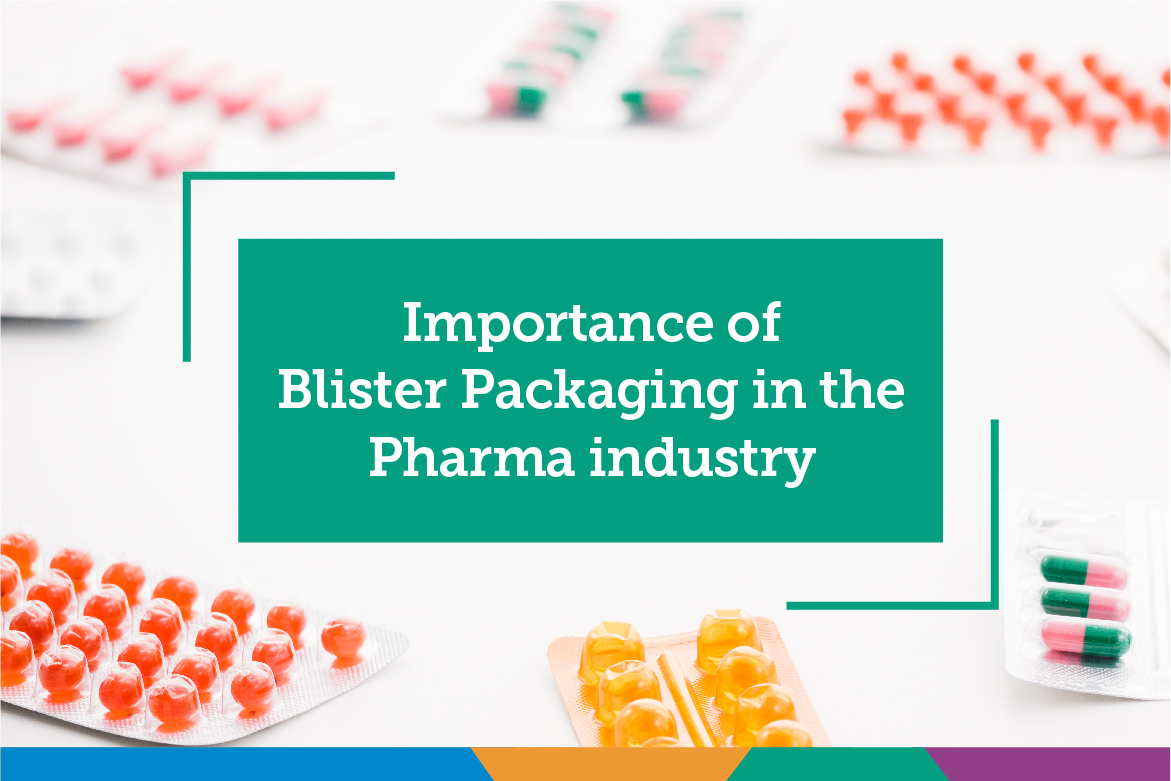
Importance of Blister Packaging in the Pharma Industry
Packaging is an essential part of the drug delivery system as well as a crucial element of marketing. As markets expand, consumer needs grow and regulatory requirements evolve, pharma companies rely more and more on their packaging to protect & promote their products. Many of the advantages inherent in the blister pack design are aligned with the current demands of the pharmaceutical industry. Therefore, blister packs have become, and will continue to be, the preferred and fastest-growing packaging options for the pharma industry.
Types of blister packaging
Blister packaging offers a wide range of solutions: among these are PVC, PCTFE, PVDC and thermoform blisters for less sensitive products or Alu-Alu cold form blisters for Active Pharmaceutical Ingredients (APIs) that are more sensitive.
Currently, there are 2 basic types of blister packaging being used for pharma packaging. These are:
– The cavity is constructed of clear, thermoformed plastic, and the lid is formed of clear plastic or a combination of plastic, paper, and/or foil.
– The second type contains foil as essential component of both webs and its cavity is created by cold stretching.
Primary benefit of blister packaging
For the pharma industry, blister packaging protects the medicines & products against:
- physical damage
- mechanical damage
- biological contamination and degradation
- counterfeiting or tampering
- any external factors that can adversely affect/alter properties
Why blister packaging is preferred by pharma companies
While protection and preservation of product integrity is the primary benefit of blister packaging, there are more reasons why pharma companies opt for it:
- the product remains clearly visible
- good quality sealing and easy to test for leaks
- easier to produce in high volumes and speeds
- cost-effective
- offers clean area for instructions & mandatory information
- wider range of colours and designs for enhanced retail value
- deterrent to tampering
- patient compliance – patient can keep track of tablets consumed
- improved shelf life of products
- light weight, so significantly reduces transportation costs
- maintains dose accuracy
- easy to remove tablet/capsule by simply pressing blister
Conclusion
The pharma industry faces a number of challenges: rising costs, compliance regulations, new drug compositions, growing markets, scarcity of storage space, etc. So advanced packaging that helps pharma companies face these challenges is the need of the hour. Blister packaging is an innovative packaging solution that offers an optimal solution and its importance will only increase as companies rely more on packaging and labelling to protect and promote their products, increase patient compliance, expand their markets and build brand credibility.

0 comment